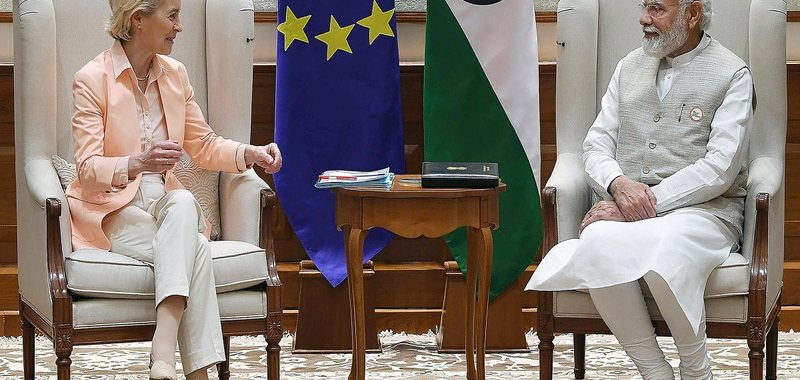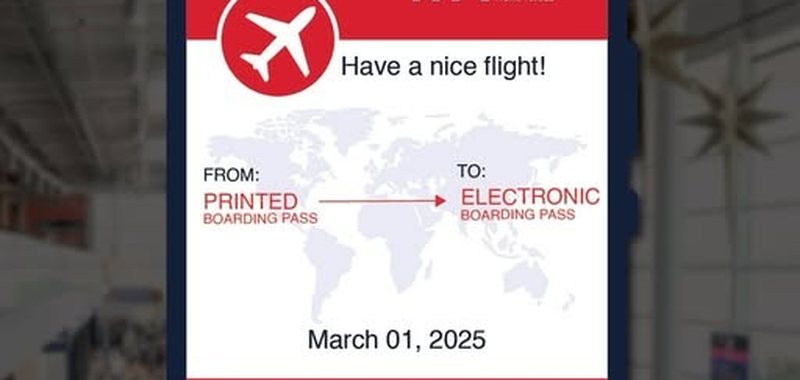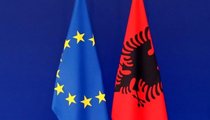How many soldiers and other investments does Europe need to defend itself without the US!

A new joint report by the Bruegel think tank and the Kiel Institute has warned that renewed Russian aggression in Europe is “imaginable,” citing NATO claims that Moscow could be “ready to attack within three to ten years.” According to official figures, the US has over 80,000 American military personnel on the continent, which would at least triple in the event of foreign aggression.
However, the recent deterioration of transatlantic ties is raising concerns about a lack of American engagement, especially after Washington sidelined European leaders in negotiations with Russia over a deal with Ukraine. Although new US Secretary of State Marco Rubio dismissed speculation of withdrawal, pressure on Europe to increase its military autonomy continues.
Europe's national armies have a combined strength of about 1.5 million personnel, far more than the current US force in Europe. The report notes that if Washington withdraws troops, Europe would need an additional 300,000 soldiers, or about 50 brigades.
Co-author Alexandr Burilkov says they would be recruited partly through "conscription" and supported by "the development of large and well-trained reserves" , similar to the US National Guard. Given that Europe's military force lacks coordination and unified command, " it is very necessary to introduce a system that would increase the amount of personnel available and also the resilience of that system", he says.
A large concentration of ground forces is needed in the Baltics
To thwart a hypothetical Russian advance into the Baltics, a European army would need 1,400 tanks, 2,000 infantry fighting vehicles and 700 artillery pieces, as well as a million 155mm shells for the first three months of high-intensity fighting. This, however, exceeds the current combat power of the French, German, Italian and British ground forces combined, the Bruegel-Kiel report says. Drone production would also need to increase to around 2,000 long-range munitions each year to match Russia’s numbers.
"The Russians, in the last two years, have put their economy and society largely on a war footing. They benefit from a lot of infrastructure and equipment left over from the Soviet era when the Red Army was really colossal ," says Burilkov. " They were producing more than 1,500 tanks a year. Thousands of armored vehicles, hundreds of artillery. We should try to create a military parity between Europe and Russia that would maintain this deterrence without necessarily having to resort to nuclear deterrence."
With or without America, 'Europe needs more military capabilities'
But simply increasing troop numbers may not be enough, says Luigi Scazzieri, of the Center for European Reform. “ Europeans need to strengthen their defenses regardless of whether the Americans leave or not .” “ To generate credible deterrence, you need to have more capabilities, especially those that we rely on most in the US: long-range missiles, air defense, air supply, air surveillance and transport, for example ,” Scazzieri added.
Harmonizing European defense efforts through collective weapons procurement, common armaments, unified logistics, and integrated military units is important, but will not be sufficient without these capabilities and numbers, according to the analyst.
Regarding an actual European army, however, Scazzieri is pessimistic. " It is very difficult. But it could be an army of Europeans, rather than a real European army. " " Expand the French nuclear shield and develop the European sky shield ." However, not everyone agrees that Europe should increase its troop numbers.
“With 1.5 million soldiers in service, you don’t need another 300,000, you need to use them in the right places,” says Nicolas Gros-Verheyde, a defense and foreign policy journalist. “The Europeans could consider transforming their rotating presence as NATO forces into permanent bases of military power in countries closer to Russia. “Why not a naval base in Constanta (Romania) and a land base between Poland and Lithuania, near the Suwalki corridor? It would also be useful to plan a presence in Moldova against Russian forces in Transnistria.”
Another way to increase European deterrence would be to expand the French nuclear shield, he says. "In the same vein, France should stop resisting the missile defense project launched by the Germans (the European Sky Shield Initiative). The two devices are fully compatible ." France, however, has challenged the initiative, saying the current European Sky Shield plan relies heavily on non-European equipment and technology.
Germany could lead the increase in the European military budget
The Bruegel-Kiel report suggests that one way to increase Europe's armaments in this way would be to increase its military budget by between 125 and 250 billion euros per year (or 3.5% of GDP) in the short term. The increased spending would be financed through debt initiatives. Germany, the second largest contributor to NATO, should play a leading role by taking on at least half of this budget, increasing its defense spending from 80 billion euros to 140 billion euros per year.
Burilkov says this will largely depend on the type of government that leads Germany after the recent general election. "Once we have a clearer idea of what the mood is in Berlin, we can see to what extent this can be configured. The thing is that there is certainly political will, as there has never been in the past, for collective European action."
More European coordination means less military spending
Despite the initial surge in military spending, the report insists that a coordinated European approach will lower prices in the long term. "Larger orders should mean that production processes become more efficient, reducing unit prices. However, a rapid increase in demand will certainly increase prices in the short term," the report suggests. "Failure to coordinate will mean much higher costs, and individual efforts are likely to be insufficient to deter the Russian military."
An existing tool for joint military procurement is EDIRPA, the European Defence Industrial Reinforcement Programme, which will be replaced by the European Defence Industrial Programme in December 2025. The budget allocated is expected to be €1.5 billion. However, the European Court of Auditors has called for a more substantial injection for the agency to be able to meet its objectives.

Oil sees first monthly decline since November – Cause, uncertainty about the global economy and fuel demand!
Oil prices eased on Friday as they headed for their first monthly decline since November, dragged down by uncertainty over global economic growth and fuel......

"Free trade pact, within the year" - EU-India agree to accelerate talks to reach agreement
Indian Prime Minister Narendra Modi and the European Union have agreed to push for the conclusion of a free trade pact this year, European Commission......

TIA: From March 1, passengers at Rinas will have an electronic boarding pass!
TIA announces that starting tomorrow, March 1, passengers who already have an electronic boarding pass on their phone can travel from Tirana International......

How much does the pedestrian project in the former Block cost? - Pashako: Parking lots will be eliminated, lanes will continue as they are
The project that is expected to transform the former Blloku into a pedestrian zone will cost around 3 million euros. Tv Scan sheds light on the project,......

OpenAI introduces GPT-4.5. New language model offers improvements in information accuracy
OpenAI has released the research preview of GPT-4.5, a broad, general-purpose language model. It will initially be available to software developers and......

How is America's appetite for gold 'sucking up' gold or silver bullion from other countries?!
Strong U.S. demand for gold is sucking up bullion or silver from several countries as traders try to stock up before U.S. President Donald Trump's tariffs on......

Britain, 37% fewer work visas in 2024 - Immigration restrictions affect health, social care sectors
The UK suffered a sharp drop in the number of visas granted to foreign workers in 2024, according to official figures. Far fewer health and social care......

Production of fiscal stamps/MoF: We have taken all measures!
The Ministry of Finance informs through a media release that the production of fiscal stamps until 31.12.2024 has been carried out by the concession company......





















